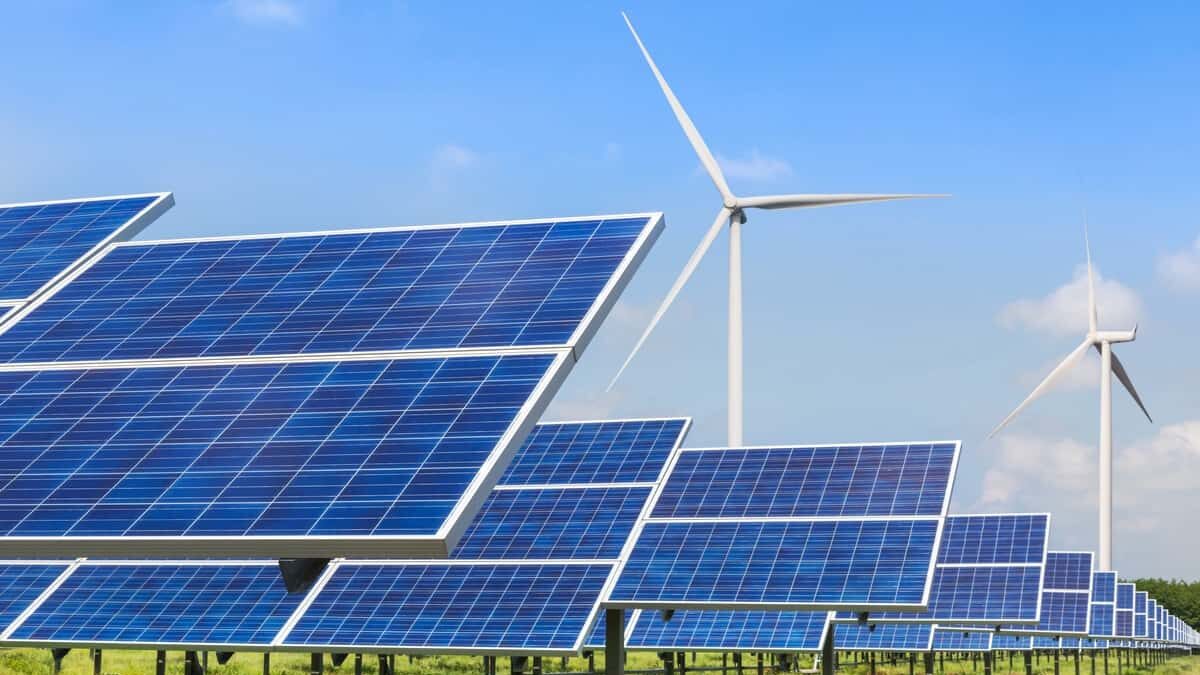The Federal Energy Regulatory Commission (FERC) recently disclosed that wind and solar energy provided two-thirds of the new electrical generating capacity in the US during the first six months of 2022.
Wind (5,722 megawatts) and solar (3,895 MW) generated 67.01% of the 14,352 MW in utility-scale (i.e.,> 1-MW) capacity that went online during the first half of 2022. Biomass (2-MW), hydropower (7-MW), and geothermal (26-MW) contributed additional capacity while natural gas (4,695-MW) and oil (5-MW) established the balance. On the other hand, neither nuclear power nor coal was reported to have any new capacity for 2022.
Ten years ago, clean energy‘s share was only 14.76%. After five years, it increased to 19.7%. With the most recent additions, clean energy now accounts for 26.74% of total available installed generating capacity in the United States.
The Federal Energy Regulatory Commission’s forecast was made before President Joe Biden signs the Inflation Reduction Act. As predicted by FERC, there may be 192,507-MW of new solar power in the pipeline, with 66,315-MW designated as “high probability” additions and no offsetting “retirements.” The currently installed capacity of 74,530 MW for utility-scale solar would nearly double with the “high-probability” additions alone and would nearly quadruple with the successful completion of all anticipated projects.
It was also predicted that there may be 70,393-MW of new wind capacity by June 2025, with 17,383-MW being a “high probability” and only 158-MW of retirements anticipated. As a result, the installed wind capacity may increase by at least 12%.
Combining the “high probability” generation capacity additions for utility-scale solar and wind, and subtracting expected retirements, indicates a predicted net gain of 83,540 MW over the next three years, or more than 2,300 MW per month. This figure does not reflect recent distributed, small-scale solar capacity or biomass, geothermal, and hydropower additions.
“With each new monthly Infrastructure report from FERC, the prospects for renewable sources, especially solar and wind, brighten while those for natural gas, coal, and nuclear power continue to slide,” said Ken Bossong, executive director of the SUN DAY Campaign in an email. “By the end of this decade, the mix of renewable energy sources should constitute the largest share of the nation’s electrical generating capacity.”
The remarkable increase in solar and wind energy signals the rapid shift from fossil fuels and nuclear power is once again supported by the most recent data released by The Federal Energy Regulatory Commission.

